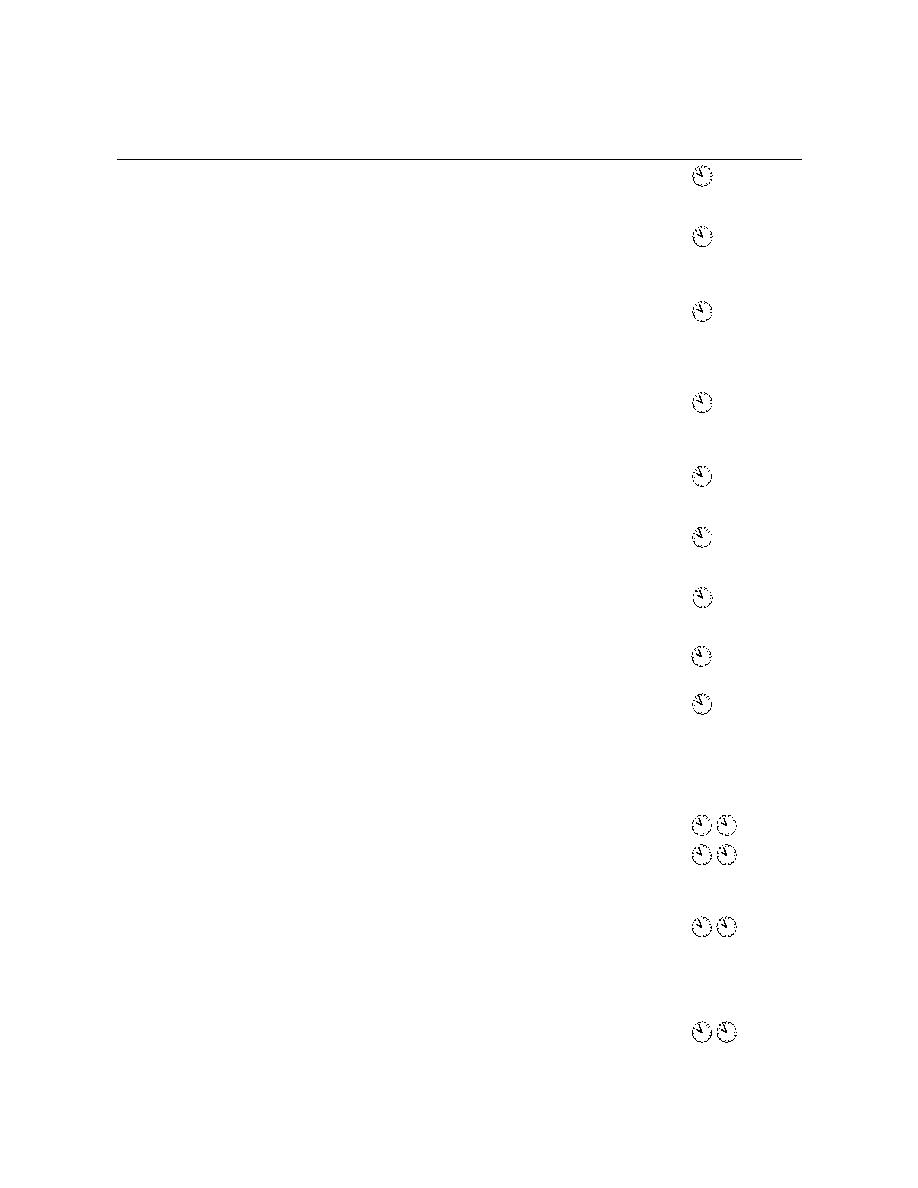
Table 8. Summary of instrumentation investigated.
Instrument
Application
Advantages
Disadvantages
Time Frame
Cost
√
Staff gage
Stage
Inexpensive
Cannot read in dark
$
Easy to read
Can be damaged by
Easy to install
floating ice
√
Stage recorder
Stage
Commonly used in
Maintenance
$$
conjunction with DCPs
Freezeup during cold
Easy to monitor
weather
remotely
√
Price-type meter
Discharge
Standard USGS
Measurements during
$$
measurement method
slush ice runs
Measurements under
ice cover
May miss peak
√
Thermometer
Air/water
Very common use
Proper siting
$
temperature
Accuracy may not
be adequate for frazil
ice periods
√
Glass-bead thermistor
Air/water
Highly precise reading
Occasional malfunction
$
temperature
Easily used in conjunc-
or failure
tion with DCP`s
√
Ice thickness kit
Ice thickness
Standardized
Safety concerns on ice
$
Quick measurement
Cannot go on frazil
possible
√
Hot-wire gauge
Ice thickness
Safety concerns on ice
$
Loose frazil deposits
may not be detected
√
Electromagnetic
Water velocity
No moving parts
Possibly unsuitable
$$
velocity probes
to freeze
in heavy frazil
√
Aerial observations
Ice areal
Cover large areas
Transfer observations
$$
coverage
in short time
to map
Can use 35-mm camera
Cost of frequent
or video camera in
observations
one-person operation
Weather may impede
Use with GPS unit to
flight and visibility
gain horizontal position
Ultrasonic sensor
Stage
Highly precise
Temperature sensitive
$$
Accuracy 10%
Radar, short-pulse
Ice thickness
Cost
$$$
Profile remotely
Interpretation requires
from aircraft
highly skilled personnel
Signal processing
Accuracy 10%
Radar, MMW FM-CW
Ice thickness
Interpretation requires
$$-$$$
Profile remotely
highly skilled personnel
from aircraft
Signal processing
Multipurpose instru-
Inability to penetrate thin
ment potential
water layers on top
of ice
Radar, MMW FM-CW
Stage
Multipurpose
Spot observations
$$
(cont.)
instrument potential
28



 Previous Page
Previous Page
